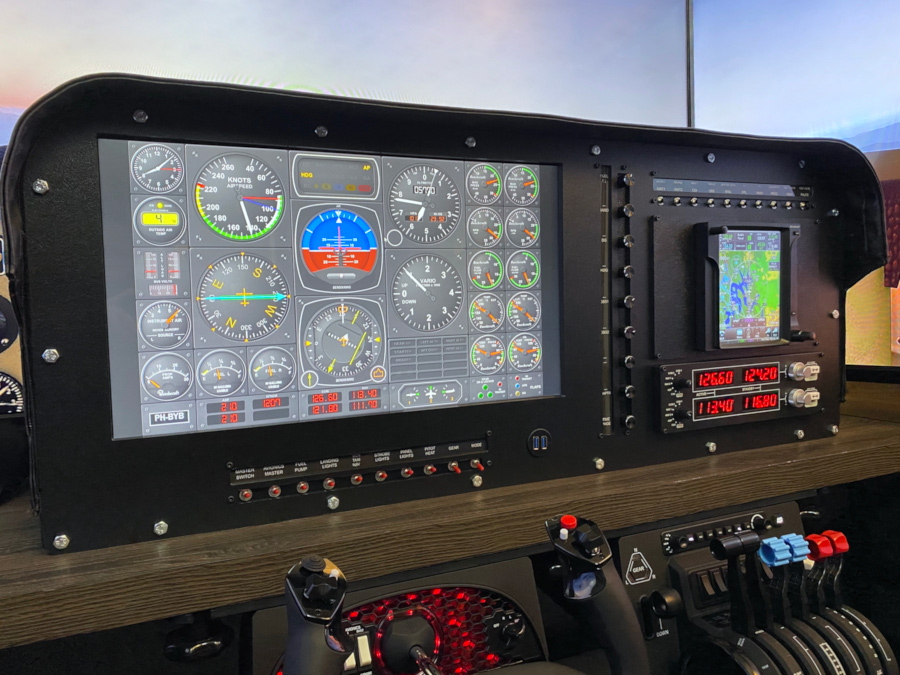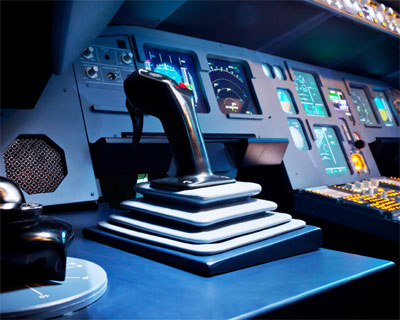
Pilots are to maintain vigilance in monitoring air traffic control radio communications frequencies for potential traffic conflicts with their aircraft especially when operating on an active runway and/or when conducting a final approach to landing.Īll pilots will find the Pilot/Controller Glossary very helpful in learning what certain words or phrases mean.

Since concise phraseology may not always be adequate, use whatever words are necessary to get your message across. And you, the pilot, must know exactly what the controller wants you to do. Brevity is important, and contacts should be kept as brief as possible, but controllers must know what you want to do before they can properly carry out their control duties. It is essential, therefore, that pilots acknowledge each radio communication with ATC by using the appropriate aircraft call sign. The single, most important thought in pilot‐controller communications is understanding. Discussion herein provides basic procedures for new pilots and also highlights safe operating concepts for all pilots. The link can be a strong bond between pilot and controller or it can be broken with surprising speed and disastrous results. Radio communications are a critical link in the ATC system. FAA Form 7233−4 International Flight Plan UAS Pilot Testing, Certification and Responsibilities.Aeronautical Charts and Related Publications.Bird Hazards and Flight Over National Refuges, Parks, and Forests.Cold Temperature Barometric Altimeter Errors, Setting Procedures and Cold Temperature Airports (CTA).Barometric Altimeter Errors and Setting Procedures.Aircraft Rescue and Fire Fighting Communications.

National Security and Interception Procedures.

AIRBUS COCKPIT RADIO COMUNNITCAION CODE
Code of Federal Regulations and Advisory Circulars.


 0 kommentar(er)
0 kommentar(er)
